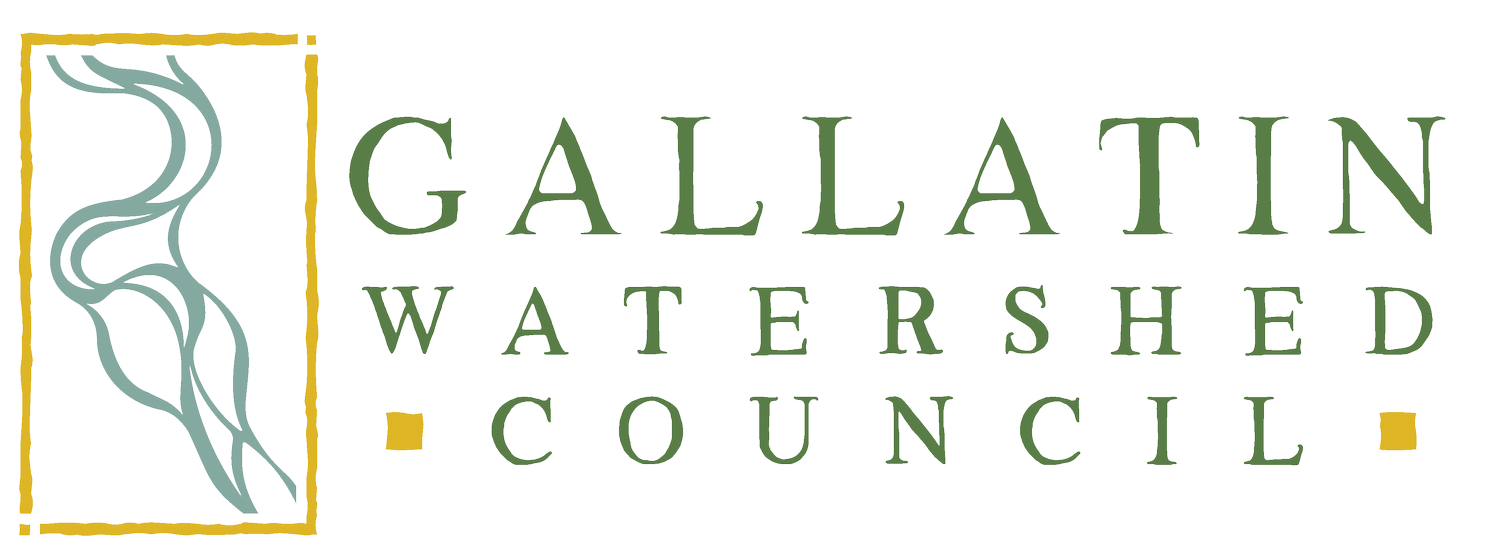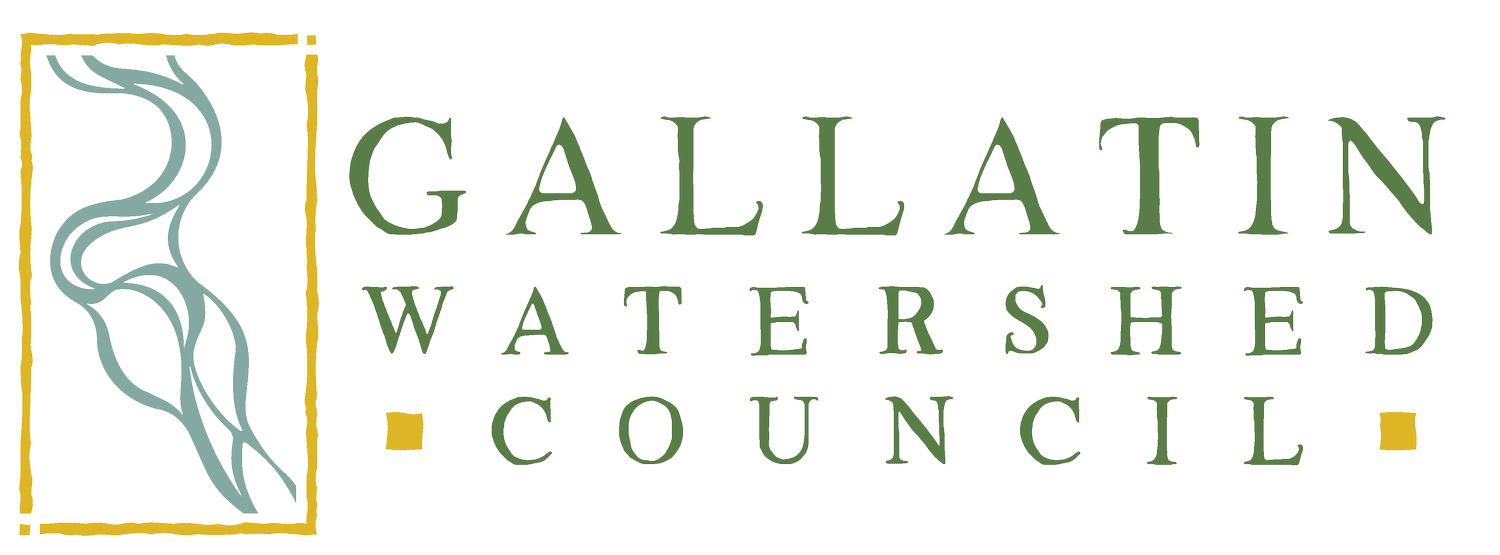Watershed Community Profile: Jamie and Patrick
Meet Jamie and Patrick, GWC’s featured superstar volunteers for the month of July. Jamie and Patrick have lived in the Gallatin Valley for 7 years and enjoy taking advantage of its natural areas. They are both biologists working in aquatic research. Jamie studies conservation and population ecology of marine mammals (currently endangered whales). Patrick's work focuses on genetic research related to aquatic disease, threatened/endangered species, and invasive species in Montana. Jamie and Patrick also enjoy running, hiking, and floating in the Gallatin Valley and use athletics to help strengthen the community by coaching and leading running and wrestling clubs. Jamie and Patrick try to live as good watershed stewards by responsibly and respectfully recreating on the trails, rivers, and lakes in the Gallatin Watershed, planting as much native vegetation as they can to provide small, urban ecosystem habitat, and participating in volunteer efforts of conservation organizations in the valley. Thank you for your stewardship, Jamie and Patrick!
Jamie and Patrick crushing miles and sharing smiles.
Read the Q&A below to continue learning more about the dynamic duo:
Q&A:
1. What’s your favorite thing to do within the watershed?
Trail running is our favorite way to enjoy the beauty and challenges that Montana's ecosystems have to offer.
2. What excites you both the most about GWC's mission?
We are excited about community involvement in restoration efforts and the maintenance and protection of natural areas.
3. What volunteer events are y’all most excited about?
Our favorite volunteer events are the trash clean ups and planting native vegetation.
4. What are your favorite books or poems?
Jamie's favorite book is “Born to Run”, and Patrick's favorite book is “Do Hard Things.”
Jamie, Patrick and GWC volunteers at planting event.
5. What do you want the Lower Gallatin Watershed to look like within 5 years?
Our vision of the Gallatin Valley includes lots of native vegetation and undisturbed or restored riparian areas. We also believe it is important to balance preservation with opportunities to access and appreciate these healthy ecosystems, including miles of connected and water-permeable trails that minimally disturb the area.



